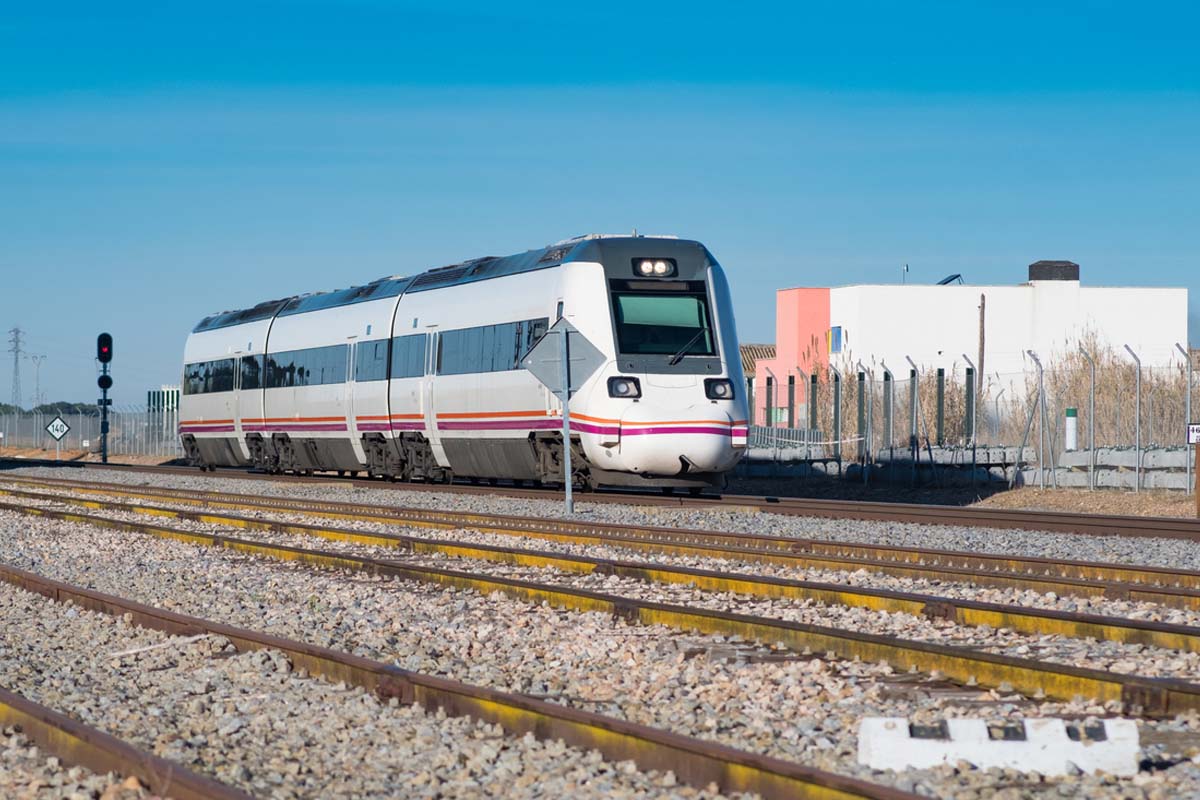Railways will replace locomotive-hauled accident relief medical vans with self-propelled ones. These self-propelled accident relief medical vans will have a maximum speed of 160 km per hour.
Medical equipment like augmented first aid box and operation theatre kit have been provided in the relief vans. Other equipment needed for relief operations like hydraulic re-railing equipment, emergency pneumatic air bags for lifting, generators and electrical equipment, wire rope sling and shackles, abrasive cutting tools and signaling and communication equipment are also available with the relief vans.
Advertisement
The deployment of these self propelled accident relief vans will help in faster response and also expand the resources to meet requirements in major accidents.
Railways has an organised system of relief for managing accidents with its own resources. It consists of more than 6000 trained breakdown staff, 176 accident relief trains (ARTs) and 86 accident relief medical vans (ARMVs). All accident relief trains and accident relief medical vans have pre-defined beats, inspection schedules and response time. In addition, there are 90 breakdown cranes of various capacities.
Mock drills are conducted by railways in coordination with National Disaster Response Force (NDRF) for training and ensuring preparedness during disasters.











